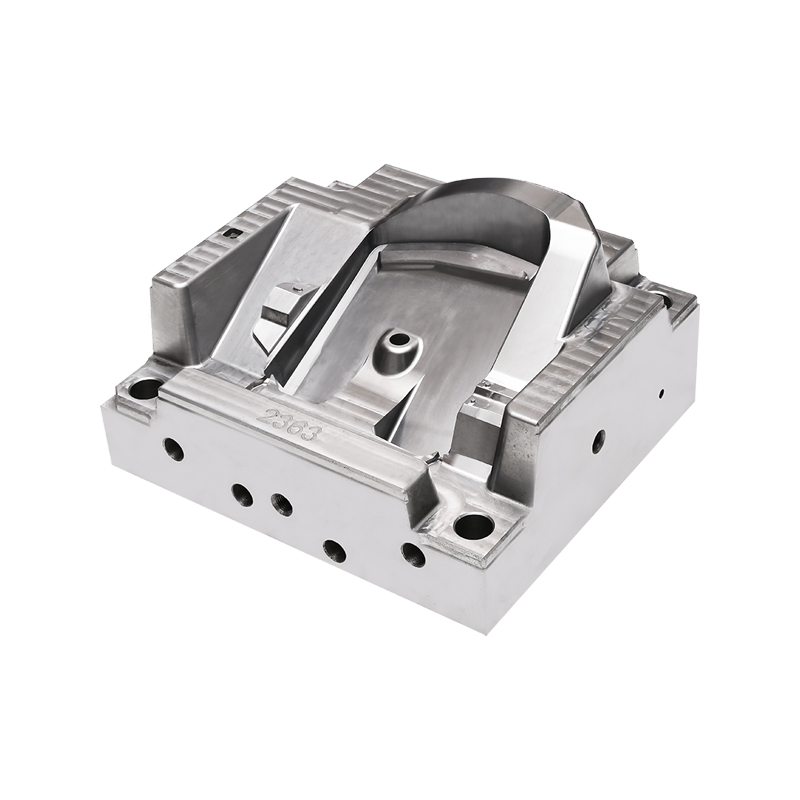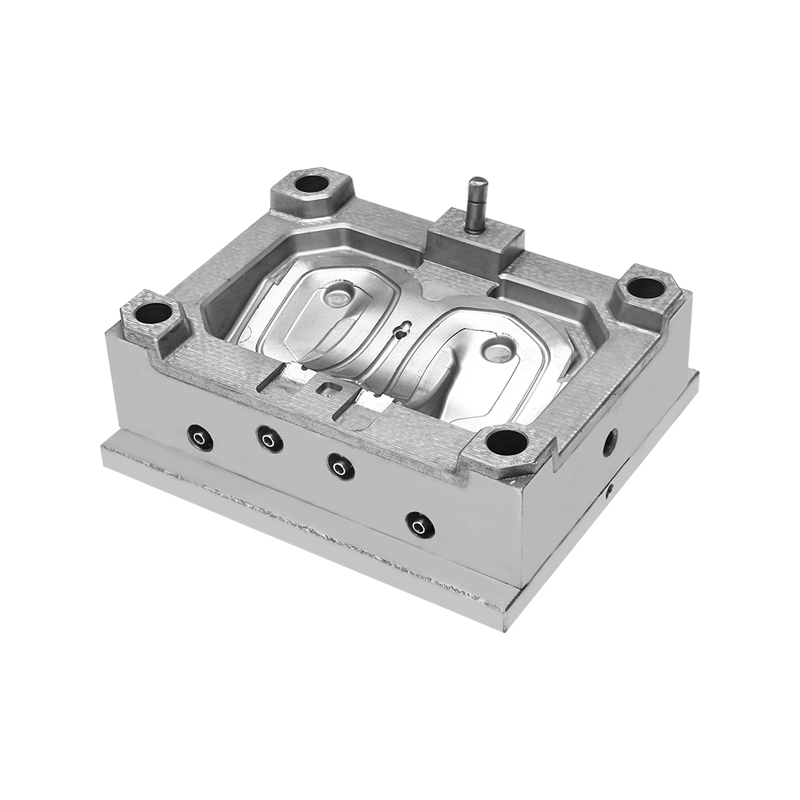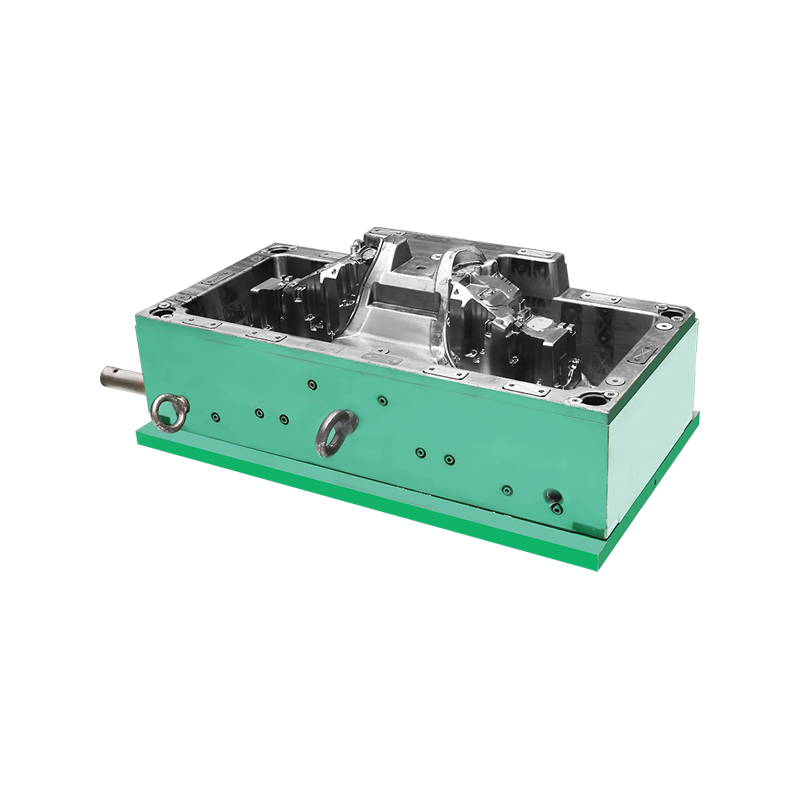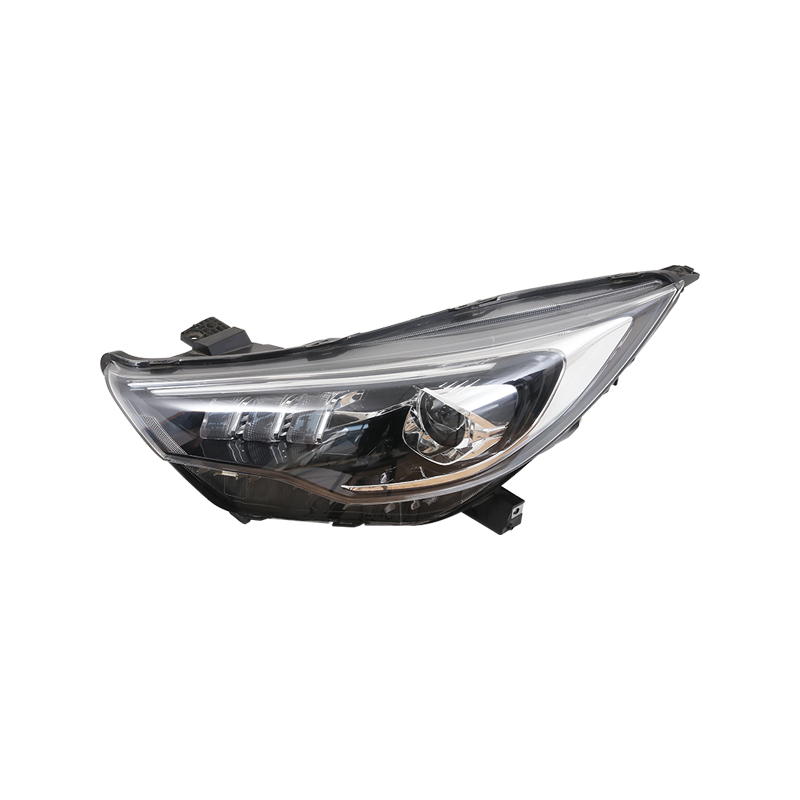Wholesale automotive car body moulding Manufacturer
As the automotive industry increasingly focuses on sustainability, the design and manufacturing of car body moulds are coming under scrutiny. Car body moulds play a pivotal role in shaping vehicle exteriors, and adopting environmentally friendly practices in their production can significantly contribute to overall sustainability goals. This article explores how to integrate eco-friendly considerations into the design and manufacturing of car body moulds, focusing on reducing energy consumption, minimizing waste, and utilizing recyclable materials.
Energy Efficiency in the production of car body moulds is a crucial aspect of sustainability. The manufacturing processes for car body moulds—such as CNC machining, milling, and heat treatment—consume significant amounts of energy. Implementing energy-efficient practices can reduce the carbon footprint of these processes and lower operational costs.
Modernizing machinery with energy-efficient technologies is a key strategy for reducing energy consumption. CNC machines and milling equipment that use advanced power management systems can significantly cut down on energy usage. By optimizing machine settings and reducing idle times, manufacturers can achieve greater energy efficiency in car body mould production.
Streamlining manufacturing processes to minimize energy waste is another effective approach. This involves improving process efficiency through better scheduling, reducing machine cycle times, and enhancing overall workflow. Energy audits can help identify areas where energy savings can be realized.
Incorporating renewable energy sources, such as solar or wind power, into the manufacturing facility can further decrease the environmental impact. Utilizing green energy to power the production of car body moulds aligns with broader sustainability goals and reduces dependence on fossil fuels.
Waste Reduction is a fundamental component of environmentally responsible manufacturing. The production of car body moulds generates various forms of waste, including material offcuts, defective parts, and process by-products. Addressing these waste streams is essential for improving sustainability.
Employing advanced cutting and machining techniques can help reduce material waste. Techniques such as precision cutting and optimized nesting patterns ensure that materials are used more efficiently. By minimizing offcuts and scrap, manufacturers can reduce waste and lower material costs.
Implementing recycling programs for metal and plastic waste generated during the production of car body moulds is an effective waste management strategy. Recycled materials can be used in the production of new moulds, thus reducing the need for virgin materials and minimizing environmental impact.
Investing in rigorous quality control measures can help prevent defects and reduce the number of rejected parts. By ensuring that moulds meet stringent quality standards, manufacturers can reduce the amount of waste generated from defective products.
Recyclable Materials play a significant role in the sustainability of car body mould production. By incorporating materials that can be recycled or are derived from sustainable sources, manufacturers can contribute to a circular economy and reduce the environmental impact of their products.
Using materials with lower environmental impacts, such as high-strength aluminum alloys or recycled steel, can make car body moulds more sustainable. These materials not only offer good performance but also have a lower carbon footprint compared to traditional materials.
Designing car body moulds with recycling in mind involves selecting materials that can be easily separated and processed at the end of their life cycle. This design approach helps ensure that moulds can be efficiently disassembled and the materials recovered for recycling.
Working with suppliers who prioritize sustainable practices and provide recyclable or eco-friendly materials is crucial. By fostering partnerships with suppliers committed to sustainability, manufacturers can source materials that align with their environmental goals.
Integrating Sustainable Practices into Car Body Moulds Design
Incorporating sustainability into the design of car body moulds involves considering environmental factors throughout the product lifecycle. This approach includes not only the materials and processes used but also the end-of-life management of the moulds.
Applying eco-friendly design principles to car body moulds involves reducing material consumption, improving energy efficiency, and facilitating recycling. This can be achieved by designing moulds that are lighter, use less material, and have longer lifespans.
Conducting a lifecycle assessment (LCA) of car body moulds helps identify environmental impacts at each stage of the mould’s lifecycle. This assessment provides insights into areas where improvements can be made, from material selection to end-of-life disposal.
Planning for the end-of-life stage of car body moulds includes strategies for recycling or repurposing moulds that are no longer in use. Implementing take-back programs or working with recycling facilities can ensure that moulds are disposed of responsibly and materials are recovered.
The automotive industry is continuously evolving, with increasing emphasis on sustainability and environmental responsibility. Car body moulds are no exception, and industry trends reflect a growing commitment to eco-friendly practices.
Advances in technology are driving improvements in the sustainability of car body moulds. Innovations such as additive manufacturing and advanced materials research are more efficient and environmentally friendly mould production methods.
As environmental regulations become more stringent, manufacturers are required to adopt sustainable practices in their operations. Compliance with regulations not only helps reduce environmental impact but also enhances the reputation of manufacturers.
Growing consumer awareness of environmental issues is influencing the automotive industry. Manufacturers are responding to consumer demands for greener products by incorporating sustainable practices into the design and production of car body moulds.
The integration of eco-friendly practices into the design and manufacturing of car body moulds is essential for advancing sustainability in the automotive industry. By focusing on reducing energy consumption, minimizing waste, and utilizing recyclable materials, manufacturers can significantly reduce the environmental impact of car body mould production. As the industry continues to evolve, adopting these sustainable practices will not only contribute to environmental conservation but also enhance the efficiency and quality of car body moulds, meeting the demands of both the market and regulatory standards.

 English
English 中文简体
中文简体 русский
русский Español
Español








